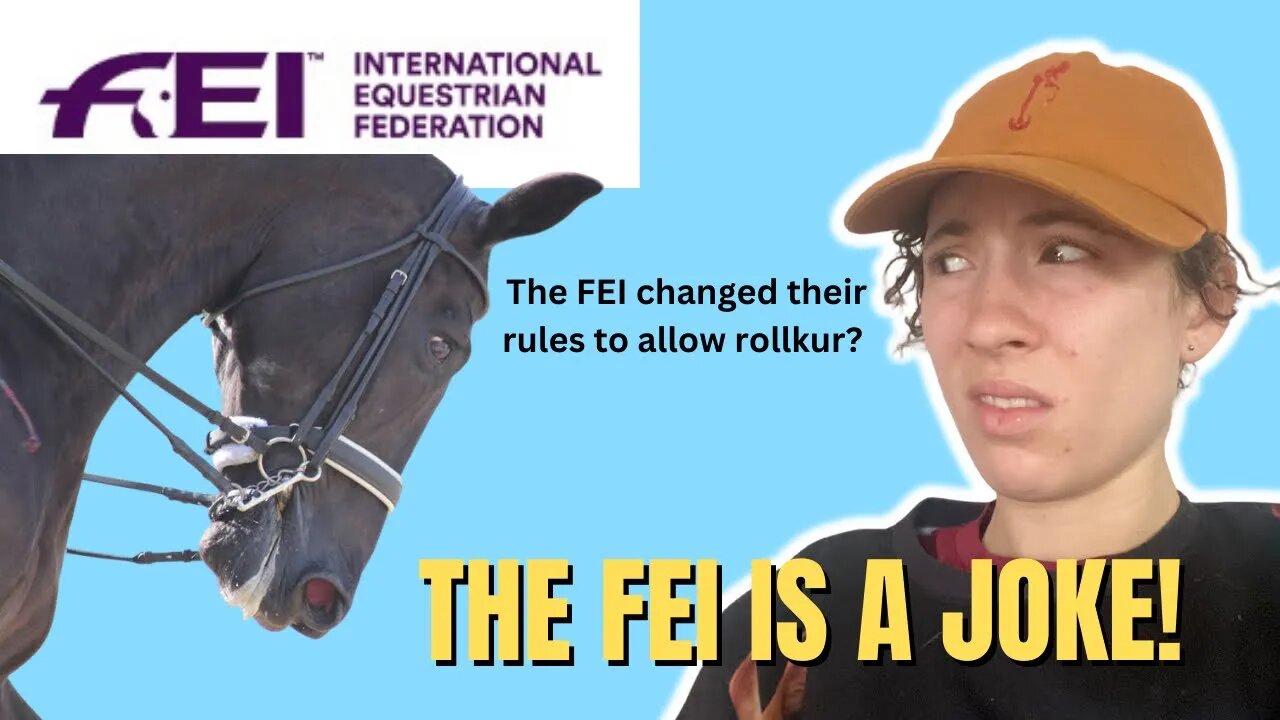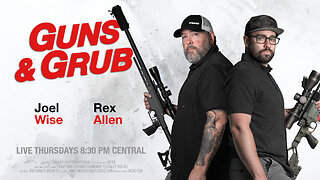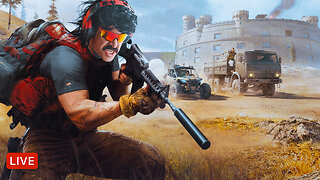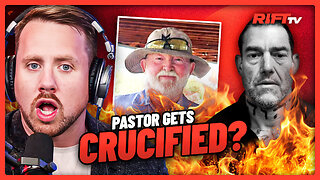Premium Only Content

The FEI is a JOKE | Hyperflexion & Rollkur
The FEI is a joke of an organization and does not care about welfare.
Citations:
https://pubmed.ncbi.nlm.nih.gov/24329719/
https://pubmed.ncbi.nlm.nih.gov/22320155/
https://www.sciencedirect.com/science/article/abs/pii/S0168159108002876
https://www.cabdirect.org/cabdirect/abstract/20103174994
https://www.sciencedirect.com/science/article/abs/pii/S1558787810000626
https://onlinelibrary.wiley.com/doi/abs/10.1111/jpn.12155
https://onlinelibrary.wiley.com/doi/abs/10.1111/jpn.12210
https://library.wur.nl/WebQuery/wurpubs/fulltext/139247
https://onlinelibrary.wiley.com/doi/abs/10.1111/jpn.12154
https://journals.plos.org/plosone/article?id=10.1371/journal.pone.0103140
References
Denoix, J.-M. (2006) Functional anatomy and diagnostic imaging of the cervical spine. In: Report of the FEI Veterinary and Dressage Committee's Workshop p. 8. Lausanne.
FEI (2006) Report of the FEI Veterinary and Dressage Committee's Workshop - the use of over bending (Rollkür) in FEI Competition FEI Veterinary and Dressage Committee Lausanne, 36.
Gomez-Alvarez, C.B., Rhodin, M., Bobber, M.F., Meyer, H., Weishaupt, M.A., Johnston, C. & Van Weeren, P.R. (2006) The effect of head and neck position on the thoracolumbar kinematics in the unridden horse. Equine Veterinary Journal. Supplement (36), 445-451.
Heuschmann, G. (2006) Functional anatomy of the horses as related to over bending (Rollkur). In: Report of the FEI Veterinary and Dressage Committee's Workshop p. 6. Lausanne.
Heuschmann, G. (2007) Tug of war: Classical versus "modern" dressage (Translated from Finger in der Wunde). Vermont: Trafalgar Square Books.
Karl, P. (2006) Irrwege des Modernes Dressur. Cadmos Verlag, Brunsbek, pp 24-29.
McGreevy P.D., A.N. McLean (2007) The roles of learning theory and ethology in equitation. Journal
of Veterinary Behavior: Clinical Applications and Research. 2, 108-118.
5
Rein tension measurements have been published and offer the simplest way of monitoring the buccal pressures required (either in one hit or by some accumulation of sustained smaller rein signals) to trigger hyperflexion
12
McGreevy, P.D. and McLean, A.N., 2009. Equitation Science. Wiley -Blackwell, Oxon. McLean, A.N., McGreevy, P.D., Jeffcott, L. (2006) Equitation and learning theory - positive and
negative reinforcement. In the report of the FEI Veterinary and Dressage Committee's
Workshop, p 5, Lausanne.
Ödberg, F.O. (2006) Schooling principles and welfare - the situation of "rollkur" in this context. In
Report of the FEI Veterinary and Dressage Committee's Workshop p. 7. Lausanne. Ollivier, D. (1999) La vérité sur l'équilibre. Berlin, Paris, p. 91-99
Passino, C. (2005) FEI spotlight falls on rollkur. http://horseandhound.co.ul/
competitionnews
Rhodin, M. (2008) A biomechanical analysis of relationship between the head and neck position,
vertebral column and limbs in the horse at walk and trot. In Veterinary Medicine and Animal
Science, Vol. PhD, p. 48. Uppsala: Swedish University of Agricultural Sciences.
Sloet van Oldruitenborgh-Oosterbaan, M.M., Blok, M.B., Begeman, L., Kamphuis, M.C.D., Lameris,
M.C., Spierenburg, A.J. & Lashley, M.J.J.O. (2006) Workload and stress in horses: comparison in horses ridden deep and round ('Rolkür') with a draw rein and horses ridden in a natural frame with only light rein contact. Tijdschrift voor Diergeneeskunde 131, 114-119.
Van Breda, E. (2006) A nonnatural head-neck position (Rolkür) during training results in less acute stress in elite, trained, dressage horses. Journal of Applied Animal Welfare Science 9(1), 59- 64.
Van Weeren, P.R., Meyer, H., Johnston, C., Roepstorff, L. & Weishaupt, M.A. (2006) The effect of different head and neck positions on the thoracolumbar kinematics in the unridden horse. In: Report of the FEI Veterinary and Dressage Committee's Workshop p. 8. Lausanne.
Visser, E.K., van Reenen, C.G., van der Werf, J.T.N., Schilder, M.B.H., Knaap, J.H., Barneveld, A. & Blokhuis, H.J. (2002) Heart rate and heart rate variability during a novel object test and a handling test in young horses. Physiology & Behavior 76(2), 289-296.
Von Borstel, U. (2007) Fear in horses and how it is affected by the rider, training, and genetics. In: Faculty of Graduate Studies, p. 136. Guelph: University of Guelph.
Von Borstel, U.U., Duncan, I.J.H., Shoveller, A.K., Merkies, K., Keeling, L.J., and Millman, S.T. (2009) Impact or riding in a coercively obtained Rollkur posture on welfare and fear of performance horses. Applied Animal Behaviour Science 116, 228-236
-
 9:51:29
9:51:29
RalliedLIVE
12 hours ago $9.77 earnedSHOTTY BOYS VS WARZONE
143K1 -
 1:30:28
1:30:28
AimControllers
5 hours ago $4.09 earnedTRIVIA NIGHT!! WIN CUSTOM CONTROLLERS!!
53.6K3 -
 4:15:33
4:15:33
Barry Cunningham
6 hours agoWELCOME TO THE FANFARE MOVIE NIGHT! YOU WON'T WANT TO MISS THIS INTERVIEW AND FILM!
110K35 -
 2:20:27
2:20:27
PandaSub2000
1 day agoAnticipation | PHOENIX & HAVIX (Original Live Version)
28.7K5 -
 2:00:59
2:00:59
megimu32
5 hours agoON THE SUBJECT: The Villains We Loved to Hate - Childhood Trauma Reloaded
25.8K2 -
 6:09:04
6:09:04
SpartakusLIVE
9 hours ago#1 Verdansk HERO || Live EARLY off EARLY
29.6K -
 1:23:02
1:23:02
Precision Rifle Network
1 day agoS4E21 Guns & Grub - New Optics and Chronographs
16.5K1 -
 7:28:28
7:28:28
Dr Disrespect
14 hours ago🔴LIVE - DR DISRESPECT - WARZONE VERDANSK - EXTREME CHALLENGES
166K7 -
 26:31
26:31
Glenn Greenwald
11 hours agoTrump at the NATO Summit: Michael Tracey Reports from The Hague | SYSTEM UPDATE #477
109K23 -
 1:40:56
1:40:56
RiftTV/Slightly Offensive
10 hours agoSHOCKING: Pro-Israel Extremist CRUCIFIES Christian Pastor | The Rift
41.4K12